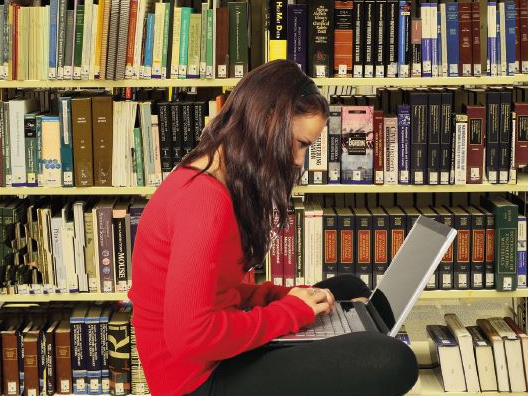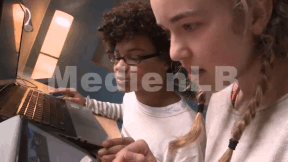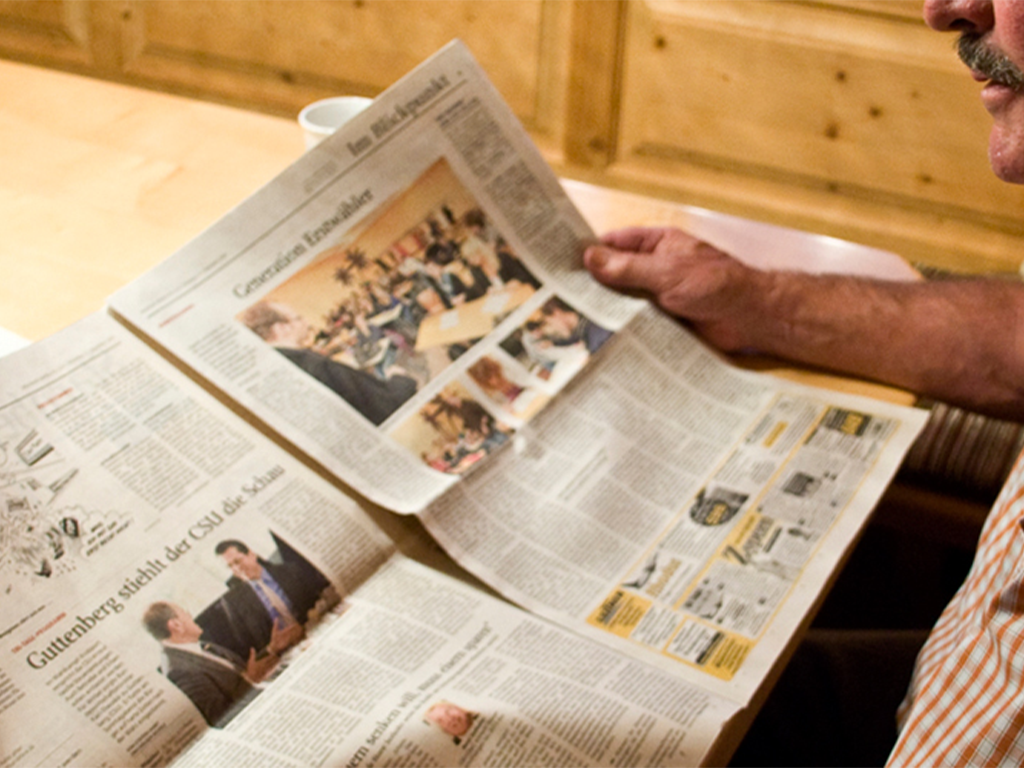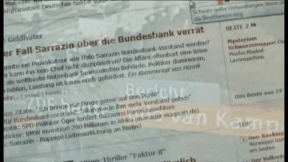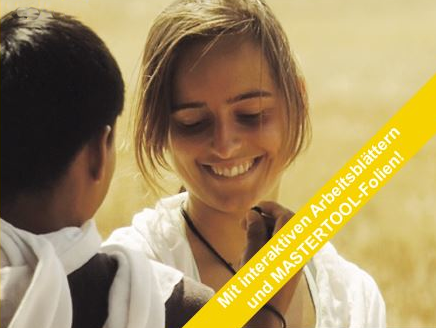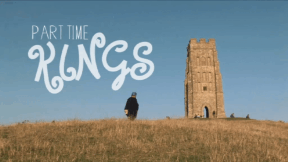 Primary School
Primary School


46505056 / 55504936
Save energy
Heat, electricity
The extraction, generation and consumption of energy is a multi-faceted issue. We humans are required to deal sensitively and sustainably with the existing energy supplies in the world and to discover and establish new energy sources.
The film shows the difference between finite and renewable energies from a differentiated perspective. Divided into the chapters “Heating and Hot Water”, “Electricity” and “Mobility”, the film uses practical examples to show which measures can be taken to use existing energies carefully. At the same time, it gives suggestions on how to save energy yourself, with little effort and to your own advantage.
Interactive tasks, test questions and glossary were created with H5P and can be used without additional software.
Learning objectives:
1. students will learn to differentiate between finite and renewable energy sources.
Students will analyze everyday situations in which energy is used. 3.
3. students argue ways to save energy.
In the detailed data section of the DVD 77 pages of teaching and accompanying material, of which:
20 pages of worksheets and supplements with solutions
10 test tasks
10 interactive tasks

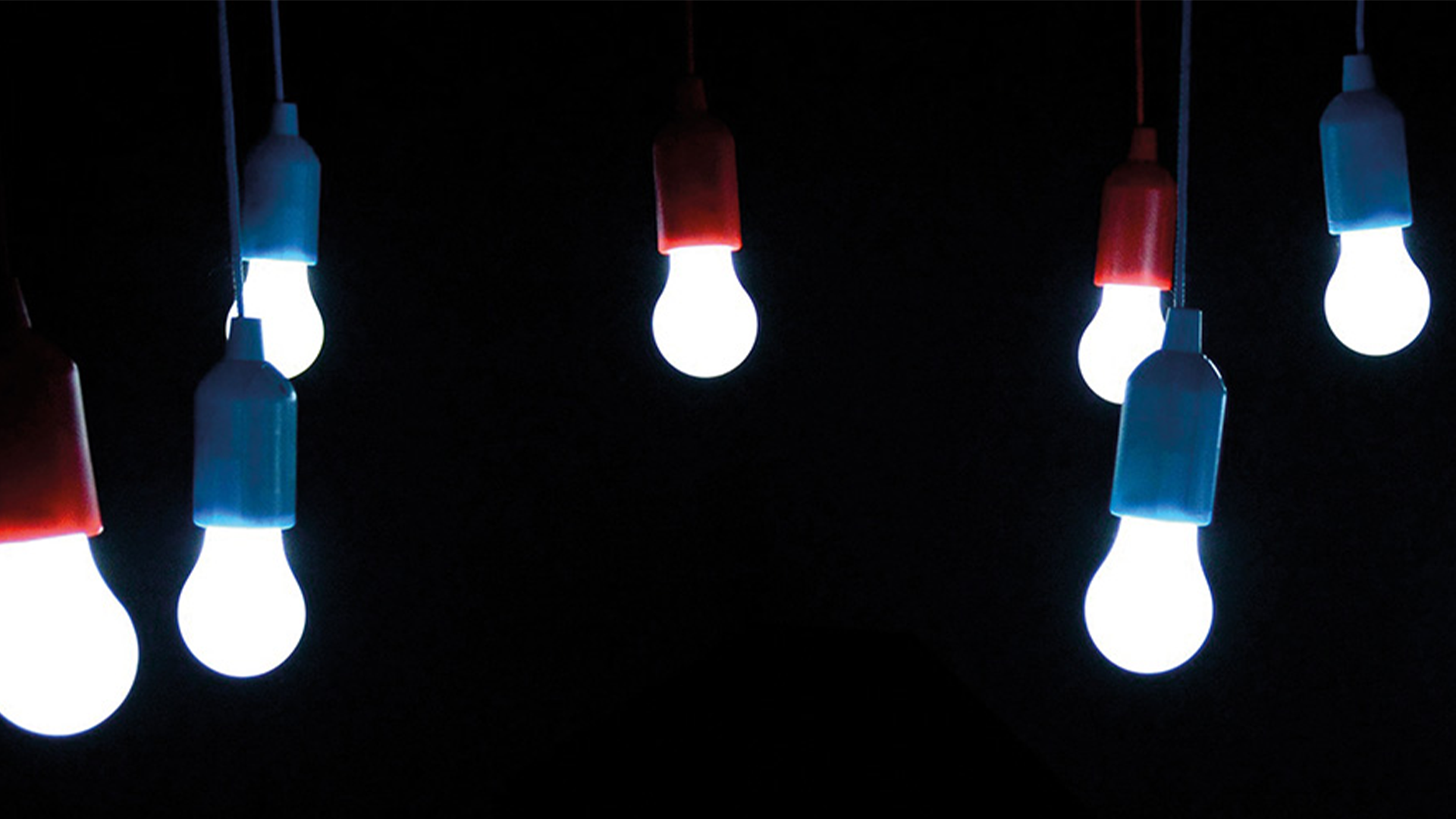
Curriculum-centred and oriented towards educational standards
Matching
The Daily Newspaper
Every day, there is a surge of news reaching us via different news channels. In spite of TV and Internet, the daily paper still is one of the most important main sources of news. But how is a newspaper created? The film shows the production of a paper in the course of one day. Starting with the editorial meeting in the morning, in which the topics and deadlines are determined, the film accompanies a journalist during her research work. You can see how a journalistic interview is conducted and what the photographer must consider when taking a press photo. Back in the editorial office, the editor’s work is illustrated, which includes the page layout and the writing of an online article in today’s time. Impressive pictures from the printing centre depict the process from the digital page to the finished newspaper. Together with the comprehensive accompanying material, the DVD is perfectly suited for use at school




